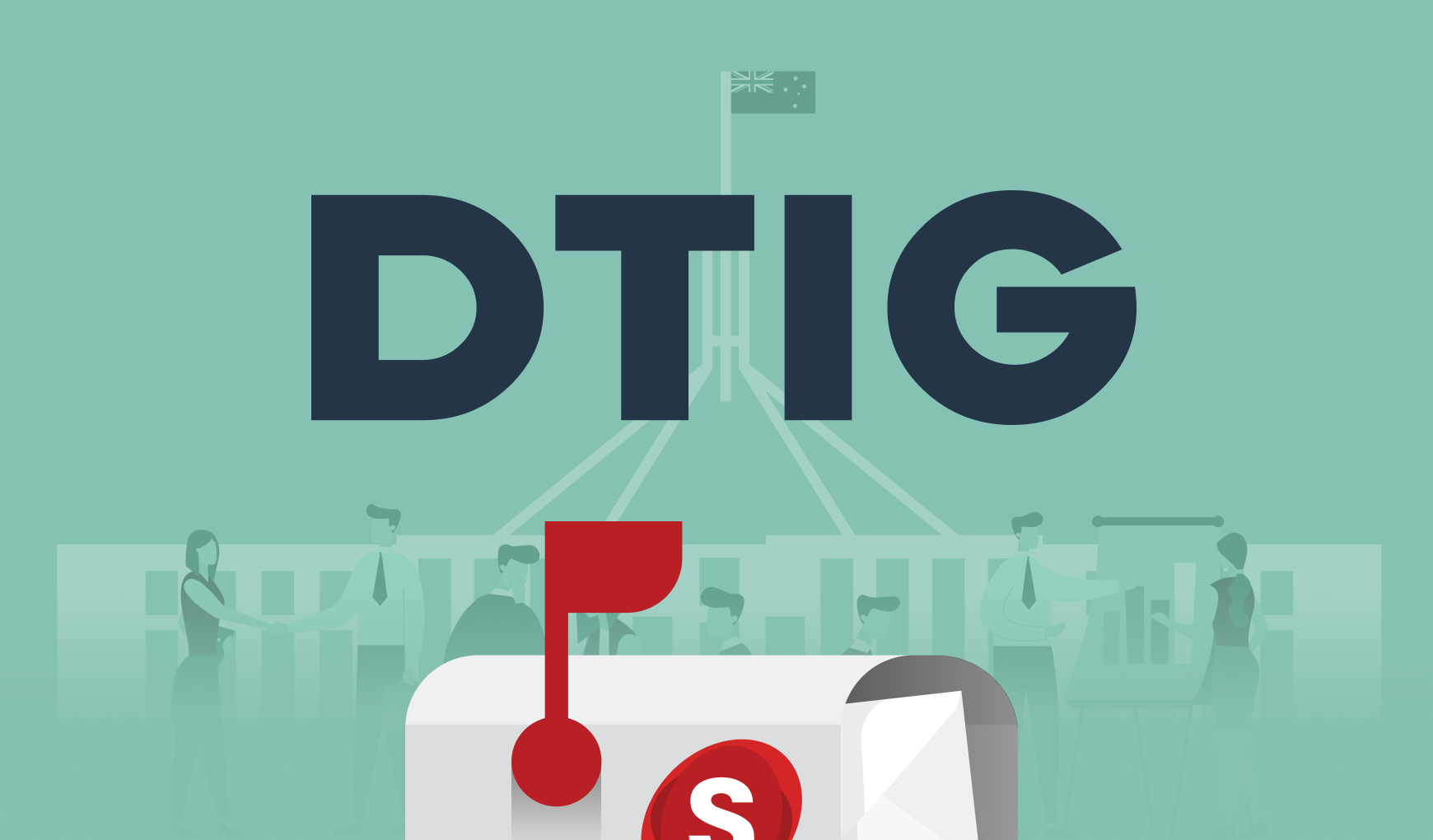The UK’s Government Transformation Strategy
On 9 February the UK Government released its latest Government Transformation Strategy. The Strategy covers the UK Government’s vision, objectives and deliverables, focusing on the next three years. It also gives a ‘sneak peek’ at its plans for beyond 2020.
You may like to view the full Transformation , but in the meantime, here’s our summary to give you a quick overview.
Wins to date
The Strategy starts off with an overview of the recent achievements in digital transformation, mainly delivering high-volume services as ‘digital by default’ and the development and success of GOV.UK. It then moves on to the Government’s vision and objectives.
Objectives
Most of the policy focuses on five main objectives:
Business transformation
Grow the right people, skills and culture
Build better tools, processes and governance for civil servants
Make better use of data
Create shared platforms, components and reusable business capabilities
Importantly, for each of these five objectives there’s a sub-heading called “What we will do by 2020”. These sections outline concrete deliverables to meet the objectives.
From there, the policy finishes up with a look at the UK Government’s vision beyond 2020.
Business transformation
The Government Transformation Strategy aims to build on the work done to date, widening the scope of digital delivery while also recognising other delivery methods (e.g. phone and face-to-face) and looking at some behind-the-scenes work (such as ensuring synchronisation between policy and design).
The deliverables for 2020 in this area include delivering more “joined-up, end-to-end services” and developing a whole-of-government approach to transformation.
Grow the right people, skills and culture
The goal is simple: “…to have one of the most digitally skilled populations of civil servants in the world…” The focus is on recruiting the right people, embedding digital skills in public servants, and agile delivery.
Some of the deliverables for 2020 include: examining the best organisational structure for digital transformation; developing career paths, rewards and professional development for public servants; and ensuring there’s collaboration between people in policy and those in delivery.
Build better tools, processes and governance for civil servants
This objective looks at the technology used by government, internal processes (including project management) and the procurement of tech services. The focus is on providing the right environment for public servants to deliver results.
The key deliverables for 2020 are ensuring public servants have the right tools to do their jobs, while also looking at standardising digital tools where possible. The Strategy also says: “we will embed user-centred, design-led, data-driven and open approaches in procurement and contracting across government by 2020.”
This objective ties into a few of our recent blogs, including our blog on Agile delivery in government and Citizen-centric approaches in government, while also mirroring some of the recent tech set-ups in Australia, such as the Digital and the forthcoming govCMS panel.
Make better use of data
Data is identified as a foundation for digital services. Here, the focus is on balancing the protection of citizens’ privacy with the benefits of sharing datasets across organisational boundaries.
There are quite a lot of action points under the data objective (10 to be precise), covering everything from appointing a chief data officer, to making better use of data, opening up data where possible, and changing the way data is stored.
This is in line with a report on Australian data, something we blogged about in The power of open data.
Create shared platforms, components and reusable business capabilities
The document points out that the UK Government already shares code, platforms, patterns and components, and in the next three years they want to build on this, including improving GOV.UK.
Deliverables for 2020 include exiting large single-supplier contracts, building shared platforms/components and overhauling legacy content and practices.
An example of this in Australia is the Federal Government’s push for the use of open-source solutions. See our blog, Open source...the way forward for government. Open source has certainly been a big part of Salsa Digital’s govCMS journey and govCMS itself is an example of shared platforms and components. In addition, the way govCMS modules are shared across government agencies also delivers shared components and reusable business capabilities.
Salsa Digital’s take
We already have a productive collaboration between the UK and Australian public sectors and, like all things, it’s futile to ‘reinvent the wheel’. Salsa Digital is keeping an eye on what’s happening here and around the world in terms of digital transformation in government (and the corporate sector). As always, we’re keen to learn from others’ experiences and share our own to drive digital transformation.
It’s not surprising that the UK’s new Government Transformation Strategy shares many common themes with Australian policy documents — as both countries move forward to deliver on digital transformation in government.
Many of our blogs in this series (and other blogs) are very relevant to the UK’s Government Transformation Strategy and key focal points. We’ve highlighted each one under the relevant sub-heading above, but below is a list of all the relevant blogs:
Citizen-centric approaches in government

